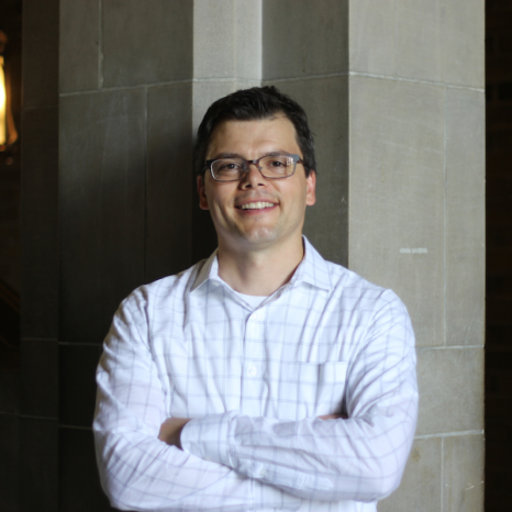|
|

|
|
|
|
|
|
|
Human Practices (Gold)
|
|
To get advises on developing CascAID, we contacted several experts in different areas of diagnostics and synthetic biology.
|
Interview with Dr. Keith Pardee
Dr. Keith Pardee is an Assistant Professor at the University of Toronto who works at the interface of synthetic biology and human health. His research focuses on moving synthetic biology outside of the cell; rather than using cells to host engineered genetic programs, his group is creating programmable materials with the transcription and translation properties of a cell
|
|
In the early phases of our project, we found a study from Dr. Keith Pardee about a diagnostic platform that used biomolecular sensors and a CRISPR/Cas9-based technology for rapid, specific, and low-cost detection of the Zika virus (Pardee, 2016). We took inspiration from this study together with others to develop CascAID. That is why, we decided to reach him, and he accepted to do an interview via Skype with us. He was impressed with our ambitious project and we received very useful feedback. One of his suggestions, was that we tried to make our device as easy as possible in the beginning and then get to the next level of complexity. For that reason, he suggested us to first use purified RNA that mimicked our target at high concentrations, instead of considering using human samples. At the beginning of our project, we intended to use human saliva samples spiked with known concentrations of viral and bacterial RNA. However, after Dr. Pardee´s recommendation, we opted to first detect the 16S ribosomal subunit from Escherichia coli from purified total RNA and in vitro RNA.
|

|
|
When we asked him about our readout ideas (fluorescence and colorimetric), he told us that the fluorescent readout would be enough to prove that our device worked. Also, he recommended us to implement trehalose as a cryoprotectant in our method to lyophilize Cas13a into our paperstrip. Since this carbohydrate is present in tardigrades, we immediately though on contacting Team TU Delft for a collaboration, since they were working on a similar project and using tardigrade proteins. The collaboration proved to be successful and we characterized a Tardigrade intrinsically Disordered Proteins (TDPs) they sent us.
|
Interview with Dr. Sabine Dittrich
We also had the opportunity to talk with Dr. Sabine Dittrich, who is heading the fever work in FIND´s fever, AMR and Outbreak program. Since her general field of work, as well as her personal interest, is improving detection of bacterial pathogens both in human and environmental samples, we were excited to ask for her opinion on our project. She gave us advice on which pathogens should our first prototype target, considering importance of respiratory pathogens in terms of antibiotics over-prescription. She also mentioned, as Dr. Pardee earlier, that it is very important to keep our device as simple as possible and that it would be ideal if it could be stored at room temperature. We achieved that through lyophilization of enzymes on paper-strip.
|

|
Interview with Prof. Joyce Tait
Prof. Joyce Tait, from the University of Edinburgh and director of the Innogen Institute (UK), also conceded us an interview. She has specialized in innovation-governance-stakeholder interactions in life science and related areas, including cell therapies and regenerative medicine, synthetic biology, pesticides and GM technologies, drug development, stratified and translational medicine and biofuels. She told us that for fighting against the increasing problem of antibiotic resistance, it is very important to have devices for point-of-care diagnosis so that people could test themselves at home or so that farmers could test their animals for common pathogens. These applications are exactly what our device offers.
|

|
Interview with Dr. Roberto De La Tour
We contacted via email Dr. De La Tour, a member of the non-governmental organization (NGO) Doctors without Borders, and asking several questions regarding diagnostic devices. Although not acquainted with the field of synthetic biology or the CRISPR/Cas system, he gave us some useful feedback on point-of-care diagnostics. He told us that there is a need for ready-to-use devices with individually sealed one-time-use components, which is exactly how our construct is designed. In developing countries, running a diagnostic test in such a device should cost less than $1 so that people with no access to a close medical center can benefit from it.
|
|
|
|
|